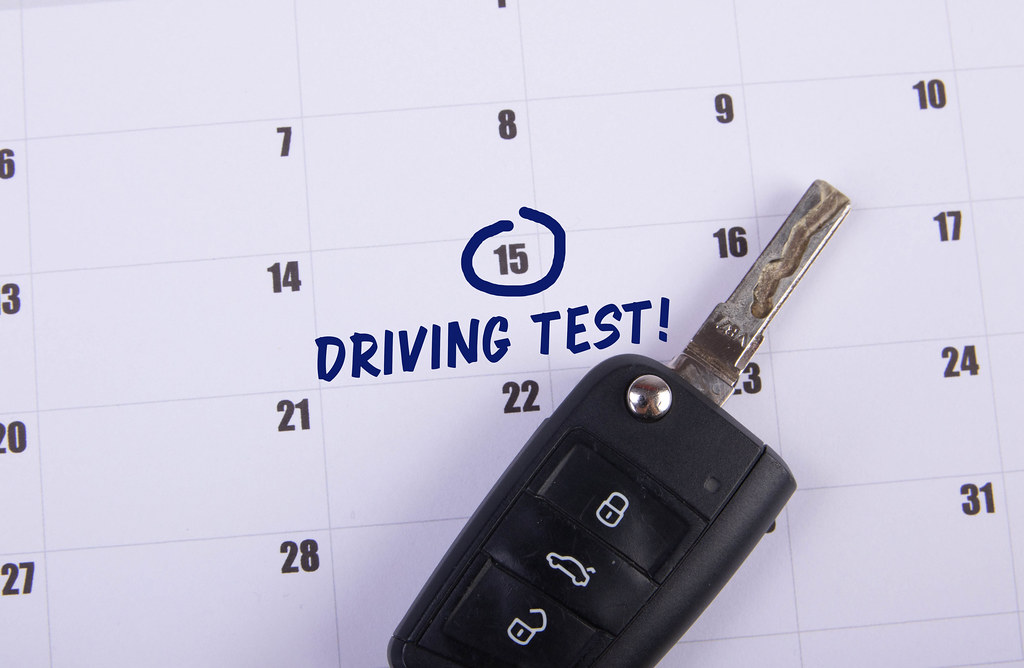Comprehensive Guide to the DMV Drive Test | Part 1
Written By | Doreen Almirol | 20+ years CA DMV Licensed Driving Instructor
Embarking on your DMV driving test? Ensure a smooth start by following this step-by-step guide that takes you through the check-in process and the crucial pre-drive inspection.
Here’s what you’ll need to know before your test begins:
1 | Check-In Process
Documents Needed
-
- Permit: Ensure that for teens under 18 years old , page 2 is signed by an adult.
- Vehicle Registration: Bring valid registration for the vehicle you’ll be using.
- Proof of Insurance: Have valid proof of insurance for the vehicle.
- Driver License of Accompanying Passenger: If someone is accompanying you, ensure they have their driver’s license.
- Certificate of Completion of 6 hours behind-the-wheel training (for test-takers under 18 years old).
1 | Pre-Drive Vehicle Inspection
Before Starting your driving test, the DMV examiner will instruct you to locate and/or demonstrate specific vehicle and driver safety items.
Failing to meet the criteria for items listed in the Pre-Drive Checklist (Items 1–8 or 15–17) constitutes a “mechanical failure,” leading to a rescheduled driving test.
Additionally, if you cannot locate and/or demonstrate the operation of four or more items from Items 9–14, your driving test will be deemed “unsatisfactory” (a failure).
Interpreters may assist in the pre-drive inspection for control identification but cannot accompany you during the actual driving test.
The Safety Criteria for each Pre-Drive Checklist item outlines the requirements you must fulfill.
1 | Driver Window
Must open; be prepared to demonstrate if closed.
2 | Windshield
Must provide an unobstructed field of view for both you and the examiner.
No cracks in the windshield.
3 | Rear-View Mirrors
Vehicle must have at least 2 mirrors.
One must be located outside on the left side.
Mirrors must be secure, unbroken, and provide clear visibility.
4 | Turn Signals
Both right and left turn signals must be operational.
5 | Brake Lights
Both brake lights must be operational.
6 | Tires
Each tire must have 1/32 inch tread depth in any 2 adjacent grooves.
7 | Foot Brake
Must have at least 1 inch of clearance between the pedal and the floorboard when depressed
8 | Horn
Must be designed for the vehicle and in proper working condition.
Loud enough to hear from a distance of at least 200 feet.
9 | Emergency (Parking Brake)
You must locate and demonstrate how to use the parking brake.
10 | Arm Signals
Demonstrate correct arm signals for left turn, right turn, and slowing down or stopping.
11 | Windshield Wipers
Correctly locate the windshield wiper switch and/or control wipers.
12 | Defroster
Correctly locate the front windshield defroster button.
13 | Emergency Flasher (Hazard Lights)
Correctly locate the emergency flasher switch/button if the vehicle is equipped.
14 | Headlights
Correctly locate the headlight switch.
15 | Passenger Door
Front passenger side door must open and close properly.
16 | Glove Box
Ensure the glove box door is securely closed.
17 | Seat (Safety) Belts
All seat belts must work properly, and both you and the examiner must use them.
2 | Start Your Engine!
Once the Pre-Drive is complete, the performance portion of the test begins and you will be directed to start driving.
NOTE: During inclement weather, demonstrate that items 11-14 work properly, or the test will be rescheduled.
Ready to Start the DMV Drive Test?
Continue reading Part 2 to learn the scoring criteria examiners will use to score your driving abilty. Remember, meticulous preparation ensures a confident start to your driving test.
Drive safely! 🚗💨




